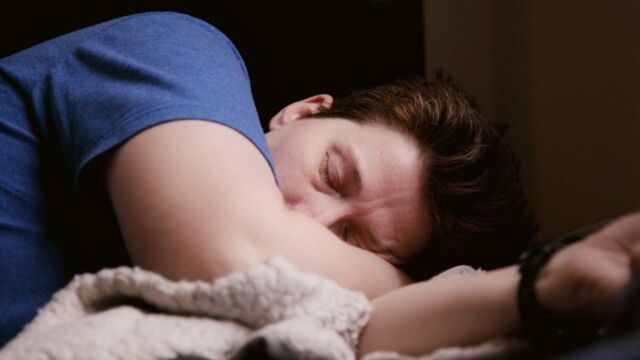Often highly exaggerated in fiction, sleepwalking is a sleep disorder whose exact causes and effects are not well known to the general public. It is often said that a sleepwalker should not be awakened from his torpor under any circumstances. Is this really true?
Discover our latest podcast
What is sleepwalking?
First of all, it is important to define sleepwalking. The Sleep Foundation defines it as:
A behavioural disorder that occurs during deep sleep and results in walking or performing complex actions.
Sleepwalking particularly affects children between the ages of 2 and 13 (29% according to the organisation), but can also affect 4% of adults. A person who is sleepwalking is able to sit up, walk or even talk relatively coherently while still in a state of semi-sleep.
As the sleepwalker may leave the bed without even realising it and without even remembering his or her actions after waking up, these episodes can represent a real danger of falling, injury, etc.
An urban legend
Since this danger is real, should we still prevent ourselves from waking up a sleepwalker? For Dr De Volder, who was interviewed by the website Gael, waking up a sleepwalker is clearly not dangerous. He said that this alleged danger is an ‘urban legend’. According to him:
You can wake him up, but it's just not useful. You can try to talk to him calmly, but you don't have to wake him up. There is a way to make yourself heard. But sleepwalkers mostly go back to bed by themselves.
The conclusion is that most of these episodes are of no consequence. But if you ever come face to face with a sleepwalker who is potentially in danger, don't hesitate to intervene!
This article was translated from Gentside FR.
Read more:
⋙ Here's how sleep can improve your libido
⋙ Why some people are able to sleep only 4 hours a night
⋙ Alzheimer's: This is how much sleep you need to prevent the disease















